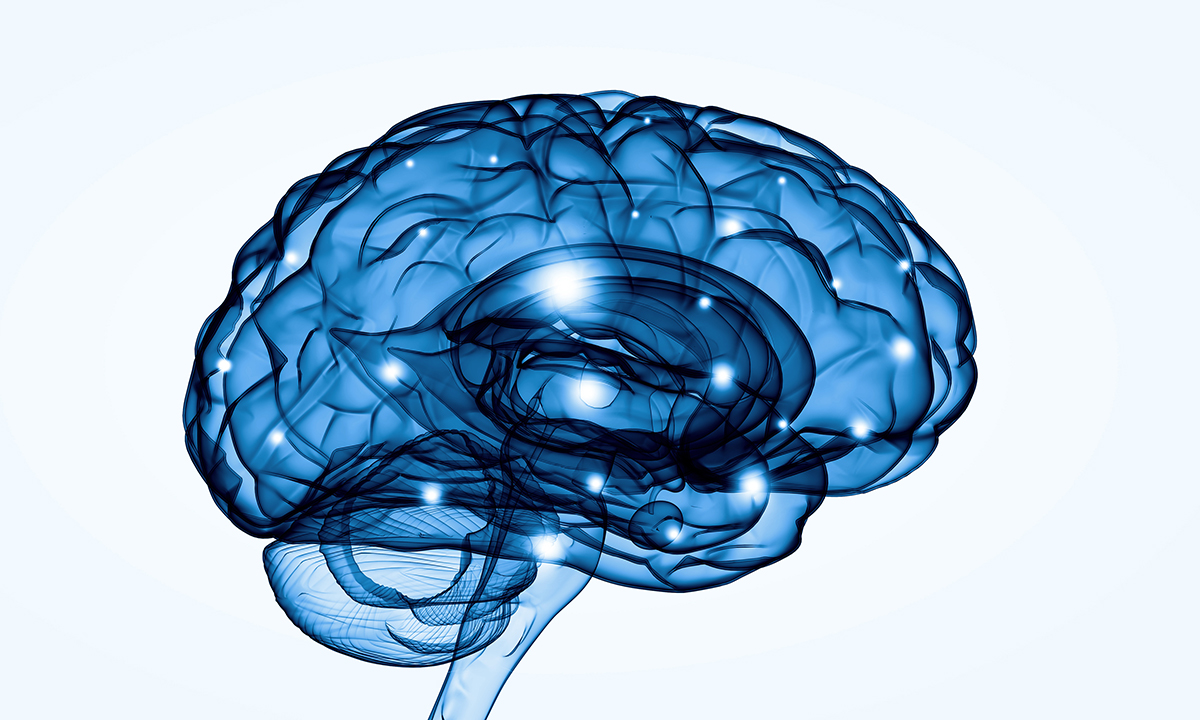The emotional pain, distress and intrusive memories associated with trauma can be disruptive and leave people desperately seeking an escape. Unfortunately, the outlets many trauma sufferers choose are maladaptive coping mechanisms like substance abuse or self-harm, leading to increasingly severe mental and physical health issues.
Brainspotting is a therapeutic method shown to have success in helping identify and heal trauma and negativity, among other mental health disorders. What is the science behind brainspotting, and how could it benefit you?
How Does Brainspotting for Trauma Work?
Psychotherapist Dr. David Grand developed brainspotting in 2003, after developing a hypothesis that the direction of people’s gaze can influence the way they feel.
Therapists who specialize in this method use it to access and activate the body’s innate self-healing abilities by guiding clients to move their eyes to locate “brainspots,” which are positions that activate traumatic or painful memories.
While researchers are only beginning to scratch the surface of the mind-body connection, many people believe the body and brain can store trauma, and brainspotting may provide an effective release. Contrary to its name, a brainspot is not one localized spot inside your brain, but is instead a network that harbors multiple memories and sensations.
Are You a Good Candidate for Brainspotting?
If you are living with the long-term effects of trauma and co-occurring disorders such as anxiety, depression, mood swings or substance abuse, you could be an excellent candidate for brainspotting. Whether you are new to therapy or have already tried other interventions that didn’t thoroughly address the root of your issues, brainspotting can benefit you. You may also wish to try brainspotting if you are in recovery from a substance use disorder and have relapsed, or feel you’re in danger of relapsing.
When you first meet with a brainspotting therapist, they’ll ask you questions about your reasons for seeking help and what issues you would like to work through. While focusing on a specific unresolved problem or event from your past, you will notice feelings, emotions or sensations in your mind or body. From there, your therapist will help you identify the associated eye position, or brainspot.
Keeping your eyes fixed in place allows your brain to stop looking for external threats and instead internally self-scan to identify and maintain its presence on the issue at hand. While the brainspot is active, it will cause reflexive movements that come from a place beyond your conscious awareness. At this point, your therapist might ask you to describe or recall what you are experiencing and help you interpret the information.
Brainspotting vs. EMDR
If you have been researching brain-based therapies, you may have heard of eye movement desensitization and reprocessing and wondered if this approach could help you. EMDR is a similar technique for dealing with trauma and other unprocessed emotions and working through negativity. While it also relies on specific eye movements – guided by a trained therapist – to access stored memories, it usually involves overstimulation via rapid, side-to-side eye movements that mimic those observed during REM sleep.
In contrast, brainspotting can be a calmer, more self-directed experience for clients. Instead of quick, lateral eye movements, you will keep your gaze focused on one spot while exploring your emotions, often with only light guidance from a therapist. As the discoveries made in each brainspotting session tap into your problem areas, you will begin to understand yourself better.
Where to Seek Help
Rising Roads Recovery Service for Women is the realization of more than 20 years of working with clients grappling with substance abuse, trauma and relationship issues. We provide a single-gender environment for women in Santa Ana, CA. If you’re searching for a customized program that meets your mental, physical and spiritual health needs, reach out to us today.

